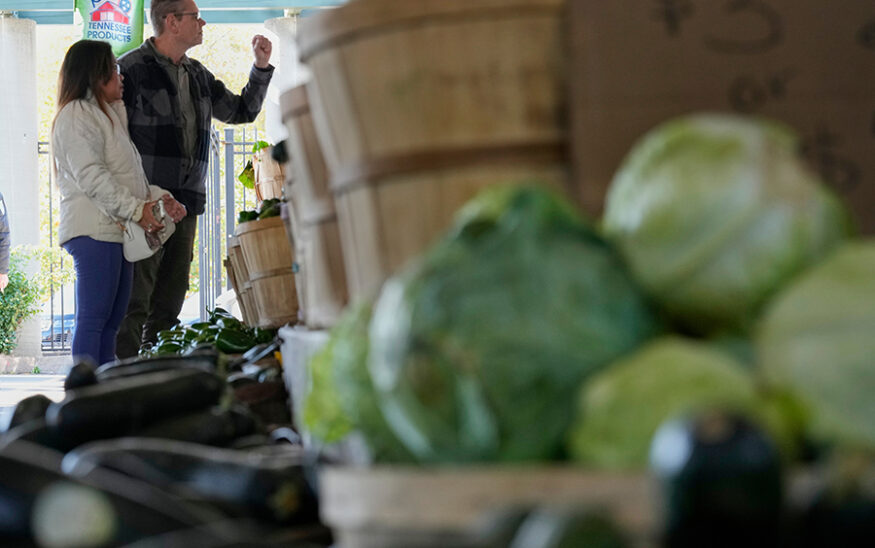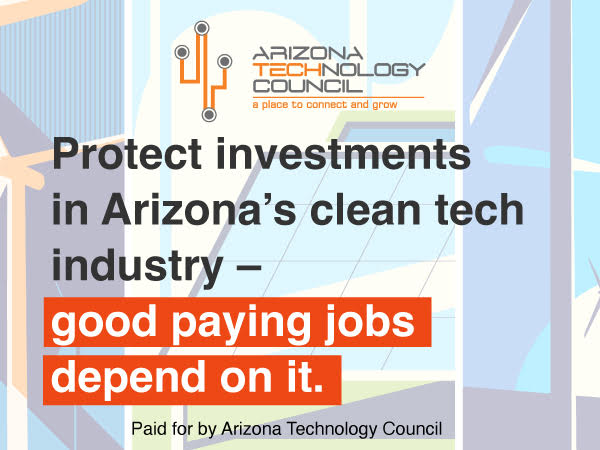Supreme Court to rule on funding of November food stamp benefits
Howard Fischer, Capitol Media Services//November 12, 2025//
Supreme Court to rule on funding of November food stamp benefits
Howard Fischer, Capitol Media Services//November 12, 2025//
Key Points:
- US Supreme Court blocks full food stamp benefits temporarily
- Trump administration requests delay in enforcing lower court order
- Arizona may have to refund excess benefits if Supreme Court rules otherwise
Food stamp recipients will have to wait until Nov. 13 — if not later — to know whether the U.S. Supreme Court believes they’re entitled to their full November benefits.
In a brief order, the U.S. Supreme Court acceded to a request by the Trump administration to at least temporarily block enforcement of an order by a lower court judge to fund the full November allotment for each of the 42 million Americans who qualify for the Supplemental Nutrition Assistance Program, known as SNAP.
That administrative “stay” runs only through 11:59 p.m. on Nov. 13.
But the justices gave no indication of how they are leaning on the underlying question of how much authority a federal court judge has to tell the USDA how to spend its money — or what that might mean to food stamp recipients.
All this relates to the claim by the Trump administration that the government shutdown left the USDA with no money— and no authority — to make November payments.
Judges in two separate federal courts rejected that contention.
They pointed out the agency has about $5 billion in contingency funds. And they ruled that, at the very least, the USDA has to tap that fund.
The government eventually conceded that point, saying that what is in that account was enough to provide November benefits at 65% of what recipients normally get.
But any effort at a resolution fell apart when the agency told U.S. District Court Judge John McConnell that the calculations necessary to make partial payments would delay recipients getting anything for weeks — or months. That, the judge said, was unacceptable.
He then ordered the USDA to make full payments. More to the point — and at the heart of what is before the high court — is that McConnell directed the agency to make up the difference by diverting another $4 billion it has in the Child Nutrition programs that provide free and reduced-price meals to school children.
Attorneys for the administration want the justices to rule that order to move funds from one congressionally funded program to another is beyond McConnell’s authority.
Justice Kentaji Brown Jackson, who handles emergency actions in that area of the country, agreed to an initial stay of McConnell’s order to give both sides the chance to file legal briefs on the issue and give her colleagues time to consider — and possibly rule — on the legal issue.
But they apparently weren’t quite ready on Nov. 11, so they issued the order to keep the legal stay in place through the night of Nov. 13.
Only Jackson voted against the extension, saying she was ready to rule against further delaying McConnell’s order to provide full benefits.
Legal issues aside, there could be another reason for the decision by the justices to put off a decision.
Attorneys for the government pointed out that there appears to be a deal to end the congressional shutdown. And that deal, they said, could include enacting a new budget, including finally allocating the full $9 billion for November food stamps.
Such congressional action could allow the justices to sidestep the thorny legal issues about how much power judges have to tell federal agencies how to spend their dollars.
What delaying a final decision on McConnell’s order means to Arizonans, however, is less than clear.
Gubernatorial press aide Christian Slater said he believes a majority of the state’s 900,000 SNAP recipients already have had their full November allocation loaded onto their Electronic Benefit Transfer cards. And he said it is anticipated that the rest should have their benefits by Nov. 13.
All that occurred after another federal judge in a parallel case, one in which Arizona is a plaintiff, ordered the USDA to fully fund benefits.
But the agency contends that the directive by Judge Indira Talwani is not the last word.
The USDA claims that states like Arizona which got access to federal dollars for full benefits will have to refund any amount above the 65% already approved.
How the agency would get the money back, however, is another question. At this point, SNAP recipients may already have spent their full November allocation, a figure that state officials say runs about $360 a month.














































